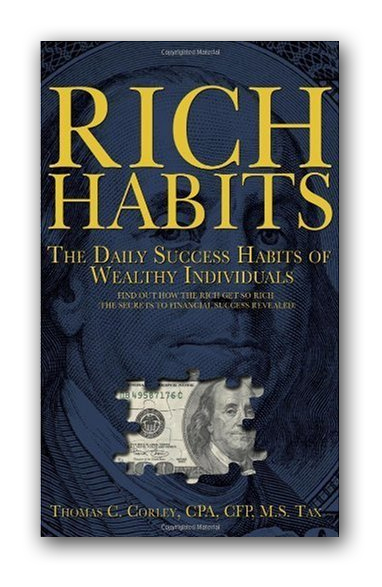
The financial planning group I am part of is very successful. Almost everyone in our group is what you’d call high achievers. It’s not an accident that so many of us are succeeding within out financial planning group. One of the drivers for this is the mentoring we receive from the two leaders of our group.
The two principals of our group have figured out what to do and what not to do. In an effort to help their reps, they run spring and fall training sessions. What makes those sessions so special and educational is the fact that the principals always share at least one or two mistakes they’ve made over the years.
One of the principals really does a very entertaining job sharing his mistakes. And, some of the mistakes are downright funny. But, funny or not, they are always a learning event for all of us.
When I was interviewing the rich and poor people for my Rich Habits Study, I was fascinated with the mistakes both groups willingly shared with me. I was very fortunate. From those interviews, I was able to learn from the horse’s mouth, what to do and what not to do.
Mistakes are teachers, for those who want to improve and succeed. They are dead ends, however, for those who quit on themselves, surrendering to their mistakes.
Learning from mistakes really only sticks when you get up off the ground and try again. When you quit, the learning is lost or forgotten.
Mistakes teach you what doesn’t work and force you to pivot, or make adjustments, until you figure out what does work.
When you think of it, knowing what not to do is like a quarterback throwing a 50 yard pass completion – it gets you half way down the field.
Knowing what to do, gets you down the rest of the field, allowing you to score.
Learning from others mistakes is the fast track to success. That is why I am such a huge advocate of finding mentors or coaches. Because mentors or coaches or typically Virtuoso’s at what they do, they can save you an enormous amount of time and money, by showing you what works and what doesn’t work.
My mission is to share my unique research in order to help others realize their dreams and achieve their goals. If you find value in these articles, please share them with your inner circle and encourage them to Subscribe. Thank You!







